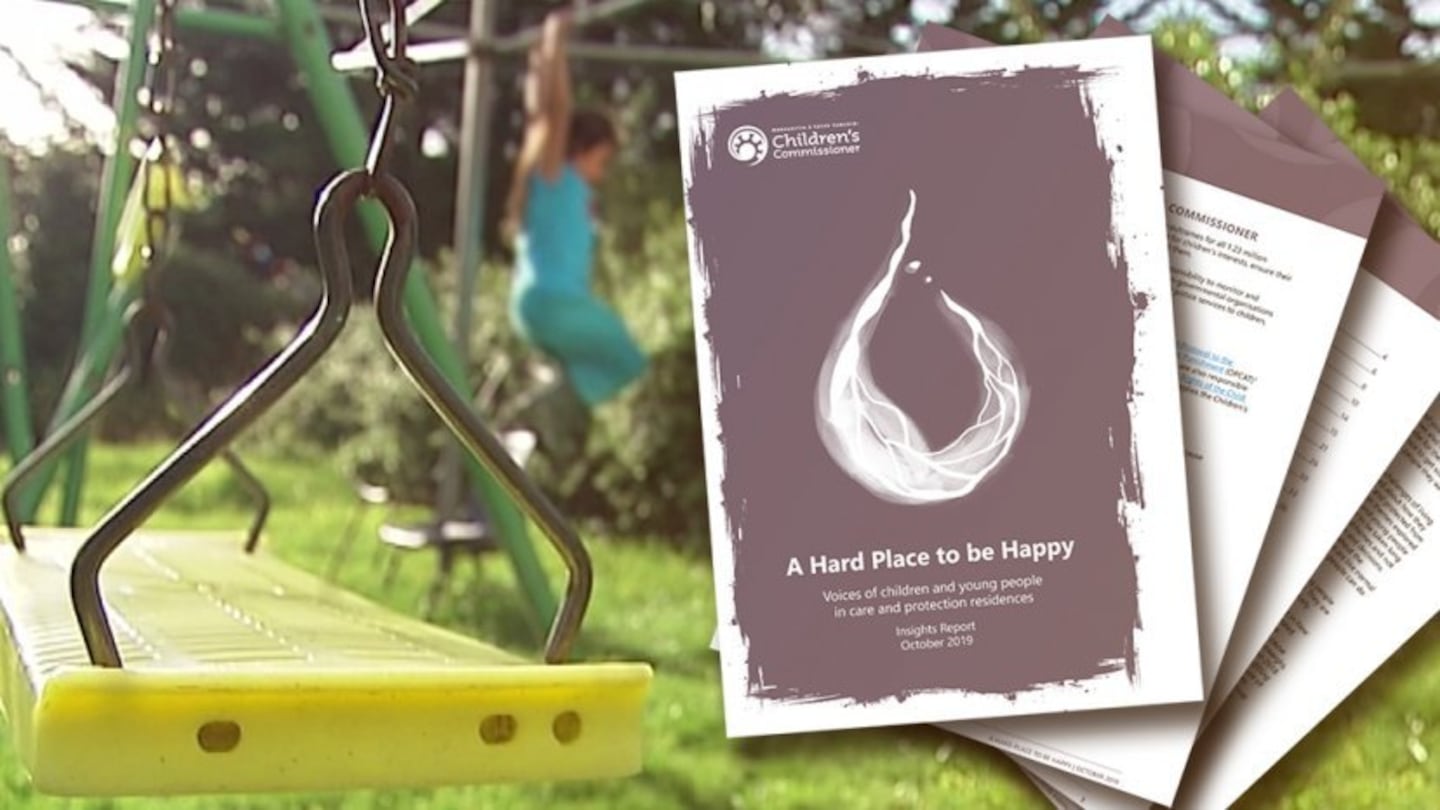Children's Commissioner Judge Andrew Becroft has released a new report where children and young people say, in their own words, what it's like to live in secure residential care.
The report, A Hard Place to be Happy, contains important challenges from children and young people, aged 9 to 17, about their experiences in care and protection residences.
"I found this report extremely difficult to read, and I think most New Zealanders would too,” says Becroft.
The report focused on how tamariki were being treated and protected, the physical conditions they were living in, activities they were involved in, contact they had with whānau, what their health care was like, what the staff were like, how Māori values were embraced and upheld and how they were supported to have relationships with their whānau, hapū and iwi.
Culture and whakapapa
In the report, children and young people said they wanted access to a wider range of Māori activities.
“We do waiata each week, but [staff member] is only here for, like, 30 minutes. It would be really good to do more of this stuff,“ a Māori young woman said.
A young Māori man said, “Culture – I’m proud, haaard! Would like to do more … haaard.”
Meanwhile, a small number of tamariki told researchers that due to negative experiences earlier in their lives, they were not interested in learning about their whakapapa.
“I don’t know what culture I am. I don’t know anything. Don’t know what my dad is. My mum is Māori. Don’t know my mum’s history or past," a Māori and Pākehā boy said.
“I’m Māori … I know jack s**t about it … I don’t know anything about my family history. Jack s**t! I’d like to know everything about my history," a young Māori man said.
“Whakapapa – you don’t learn that stuff from here – or see any kaumātua or kuia here,” a Māori young woman said.
Living conditions
As part of the report, 52 children and young people were interviewed between August 2017 and September 2018 about their experiences of living in one of five secure residential care facilities, four of which are run by Oranga Tamariki and one by Barnardos.
The facilities varied in size from small eight-bed complexes to larger 20-bed institutions. Researchers say physical conditions varied from residence to residence.
“We heard about hard plastic-wrapped mattresses, toilets with metal seats, steel doors, overheated bedrooms and broken equipment. Children and young people told us smaller residences that felt more like home were better. They also liked being able to decorate their own rooms.”
A Māori boy who took part in the report said, “Sometimes they don’t make enough [food]. You can ask for more but the kitchen gets locked. Everything is locked.”
Staff
Young people made comment about how they think staff sometimes let them down by not following up on requests for contact.
A young Māori man said, “Yesterday I had a phone call but they never put it through. They forget. Happens a lot.”
In the report, researchers said, “A couple of children and young people said they were unable to see family members who had been banned from the residence for trying to bring in contraband. Others told us residence staff or their Oranga Tamariki site social worker hadn’t helped them get in touch with family members who were important to them.”
A young Māori woman said, “OT [Oranga Tamariki] aren’t even connecting me to my sister.”
From the comments made by tamariki, Becroft says, “the history tells us large-scale residential care homes do not serve children well. The voices gathered here confirm our present institutional model of care must become a relic of the past.
"It's important to note these are not youth justice facilities. None of these children and young people are there because they have done anything wrong. They are there because of their complex needs which require highly specialised care along with increased support for their families.”
Removing institutionalised approach
Becroft and Whanau Ora Provider Merepeka Raukawa-Tait both think urgent focus is needed to remove the institutionalised approach to youth in care, particularly for Māori.
“This report again, thank goodness we've got it, but it really only confirms what we already know, says Raukawa-Tait.
"So there are a lot of questions, but of course, if the children are Māori, then what we’re saying is no longer should Māori children be placed into state care. It is not safe, and we invariably know where our children will end up.”
Moving forward
Becroft says Oranga Tamariki has already committed to phasing out the "out-dated locked facilities" and replacing them with small community-based group homes.
“For children and young people like those whose voices this report shares, this change cannot happen quickly enough, he says.
"Children and young people have the right to have their views heard, considered and taken seriously. The voices of the children and young people contained in this report are insistent. They are distressing. We must take them seriously."
Deputy chief executive for Oranga Tamariki care services Trish Langridge says, "We've gone out of the big old institutional residences, we have a small hub, where we stabilize young people for two to three weeks and then move them into community homes. Ideally, we would have over time, all of our residences would be smaller, would be homelike, more geographically dispersed too."
Raukawa-Tait still believes any kind of state care isn’t suitable for tamariki Māori.
“Our children can’t wait for someone to design a system. If you only talk to the families who know what’s at risk, know what’s at stake and say to them how can we work together... There’s a child, who’s vulnerable who is at risk. We need your help to make sure we can find a safe place for this one.”

